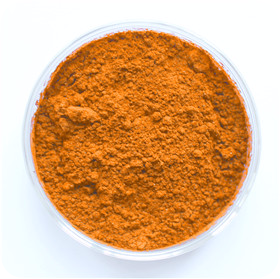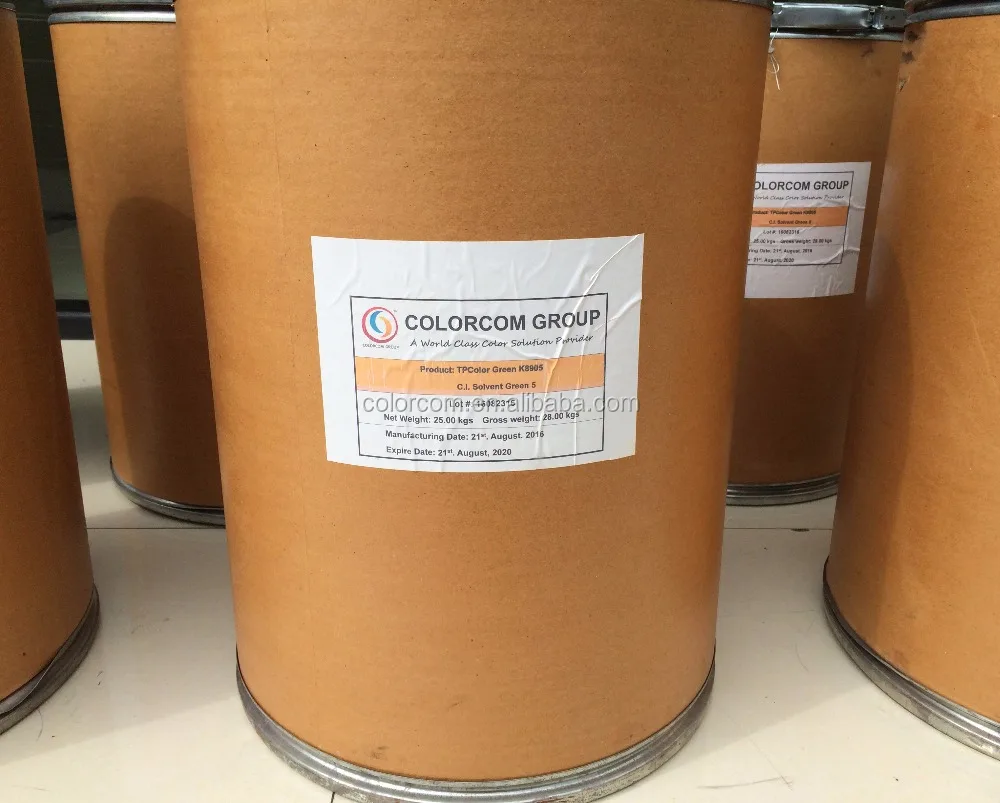

1,2,4-thiadiazole is a privileged structural motif that belongs to the class of nitrogen-sulfur-containing heterocycles with diverse medicinal and pharmaceutical applications. Green chemistry principles help synthetic chemists overcome the problems of conventional synthesis, such as slow reaction rates, unhealthy solvents and catalysts and the long duration of reaction completion time, and envision solutions by developing environmentally benign catalysts, green solvents, use of microwave and ultrasonic radiations, solvent-free, grinding and chemo-mechanical approaches. Green synthetic conditions, especially catalysis, are the pillar of green chemistry. Green (sustainable) chemistry provides a framework for chemists, pharmacists, medicinal chemists and chemical engineers to design processes, protocols and synthetic methodologies to make their contribution to the broad spectrum of global sustainability. Archetypal green solvents 2-methyl tetrahydrofuran (2-MeTHF) and cyclopentyl methyl ether (CPME), etc. Corn oil, glycerol, oxidoreductases, transferases, hydrolases, lyases, isomerases, ligases, dehaloperoxidase (DHP), lemon juice as solvent and eucalyptol used as solvent for the synthesis of N, O and S heterocycles, cygnet a family of green solvents and dimethyl isosorbide (DMI) solvent derived from cellulose. Limonene and P-cymene as solvent, γ-valerolactone (GVL), sugar-derived dimethylisosorbide (DMI), glycerol and glycerol derivatives as solvents such as glycerol carbonate, glycerol-derived acetals and ketals, 2,3-propanediol, 1,3-propanediol, monoacylglycerol MAGs, diacylglycerols DAGs, triacylglycerols TAGs, glycidyl monoalkyl ethers, glycidyl dialkyl ethers, glycidyl trialkyl ethers and dihydrolevoglucosenone (cyrene), etc. Additionally, a methodology is proposed to evaluate the GD for each solvent in the green chemistry framework to achieve sustainable development goals. Therefore, the use of UAE over conventional solid extraction and water as an inexpensive, easily accessible, manageable, and environmentally friendly solvent provides extraction alternatives for caffeine in different matrices. Moreover, this process improved caffeine extraction with water. It was found that caffeine extraction was approximately 4.3 times higher in UAE than in conventional solid–liquid processes, and the extraction time was reduced by 96%. The optimal conditions were estimated by ridge analysis. Water was selected as the preferred solvent (among the six evaluated in this study), and its ultrasound‐assisted extraction (UAE) conditions were optimized. Fick's law of effective diffusion was used as the technical parameter. The environmental parameters were obtained from the Glaxo Smith Kline guide. Each solvent's green degree (GD) was calculated using seven environmental and technical performance parameters.


This study compared the green solvents ethyl acetate and water for caffeine extraction from coffee pills against four traditional solvents (ethanol, methanol, acetone, and acetonitrile). The online version contains supplementary material available at 10.1007/s10098-8. While solvency is universal, a universal solvent, an alkahest, is an unattainable ideal. Wider sustainability questions, particularly the use of non-fossil sources of organic carbon in solvent manufacture, are more important than intrinsic 'greenness'. The search for less-impacting solvents is inefficient if carried out without due regard, even at the research stage, to the particular circumstances under which solvents are to be used on the industrial scale. A critical overview of published material establishes that few new materials have yet found widespread use as solvents. This concept has generated a substantial chemical literature and has led to the development of so-called neoteric solvents. Since the 1990s, this has become a major focus of green chemistry, giving rise to the idea of the 'green' solvent. The impact of solvent losses and emissions drives efforts to minimise them or to avoid them completely. Solvents are important in most industrial and domestic applications.


 0 kommentar(er)
0 kommentar(er)
